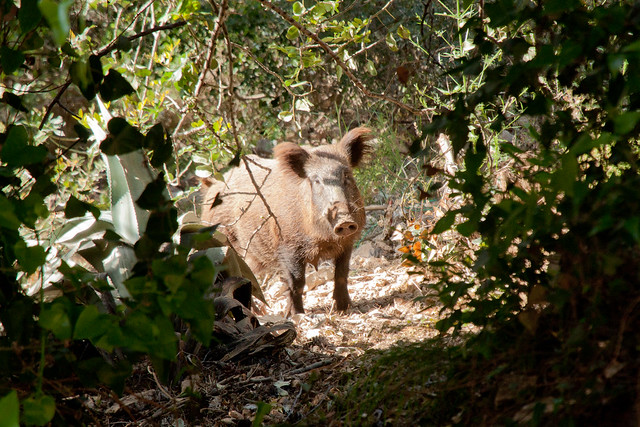Brutally Honest Opinion of Brussels:
Overall, I rate Brussels a 7 and just to give you an idea of how I rate other cities: Washington DC 9, NYC 8, Atlanta 8, Charlotte, NC 9. Brussels thus far is a city I appreciate but not a city that I have potential to fall in love with and here is why..
Pros: Brussels is a multicultural hub. The majority of Brussels citizens are open minded to foreigners and different languages. The entire city if filled with different nationalities and backgrounds that keep the prejudices that other French speaking countries have to a minimum. People are for the most part friendly to Americans and other nationalities.
The people of Brussels are very liberal socially. They passed a gay marriage act in two hours and the people of Belgium barely seemed to notice. They are open about most topics and dress far from conservatively.
As mentioned before, there are French fries and waffles on every corner. It doesn't get much better than that.
Cons: First I want to point out, Brussels is not the cute European town that would be expected when travelling to Brussels for the first time. It has some pretty sectors but the other parts are not as quaint and Euro looking. The town looks a little dreadful. Though, this might have something to do with the weather. The weather is dreadful. It’s what I imagine Seattle to be like: nonstop rain. It rains almost every day for at least an hour, is cloudy all the time, and of course it is cold as well.. but I think that’s just a Northern thing that isn't actually a legitimate complaint.
Brussels just doesn't give me a warm fuzzy feeling. Which I know seems completely absurd but I remember walking in DC for the first time and falling in love. Also, every time I’m in downtown (uptown) Charlotte I am comfortable and at home. Brussels - not the case. I don’t think Brussels has the charm I am used to.
Heckling. We can’t go anywhere without getting shout outs from men. Harassment is an issue they have been trying to address. While the men never touch you and the confidence booster is nice, it is quite annoying.
Everyone goes about their own business here. There is no talking in lines, picking up a conversation on bus, or anything a southern gal is used to. Where I grew up, you chat with everyone or make polite small chat. Everything is quiet here, public transportation, the gym, etc. The only time it is loud is if you share a train with another group of Americans. The stereotype holds true - Americans are loud. Most likely due to the fact that Europe is quiet.
However, like any place you live, the people you surround yourself with is what makes the place home or not home. I think Brussels would be about a 4 or a 5 if it weren't for the family our CIEE group creates. Though I would never move here, these next 3 months will still be fabulous.





